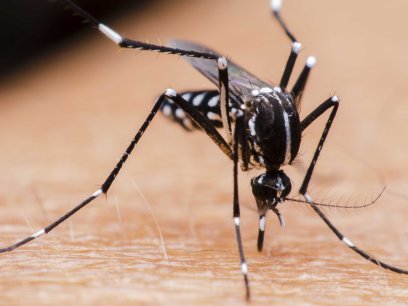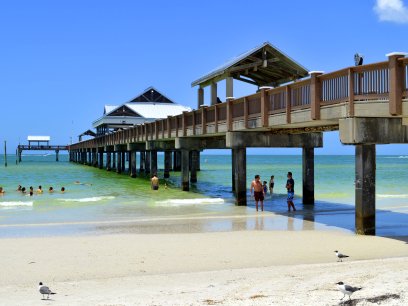
Did you know?
- Approximately 22 million people along the US East and Gulf Coasts are vulnerable to storm surge impacts.
- Since 1880, global sea level has risen about eight inches. Scientists expect global sea level to rise another one to four feet by 2100.
- The intensity, frequency, and duration of North Atlantic hurricanes have all increased since the 1980s.
When it comes to hurricanes and tropical storms, a storm surge, which pushes large amounts of seawater toward the shore, is often the most threatening aspect to life and property along the coast. Defined as an abnormal rise of water generated by a storm over and above the usual tide level, a storm surge is primarily caused by the strong winds in a hurricane or tropical storm. Other factors that can impact a storm surge are storm intensity, forward speed, size, angle of approach to the coast, central pressure, the shape and characteristics of coastal features such as bays and estuaries, and the width and slope of the continental shelf.
The potential impacts of a storm surge include flooding low-laying areas, damaging property, disrupting transportation systems, destroying habitat, and threatening human health and safety. Flooding and wind damage from a hurricane-produced storm surge disrupts virtually all transportation types in affected areas, including airports, ports and harbors, roads, rail lines, tunnels, and bridges.
In a changing climate, the impacts of a storm surge can be magnified by rising sea levels, more intense hurricanes, and heavier precipitation events. For example, sea levels rose a foot over the last century off the coast of New York City. As a result, the flooding and associated damages to infrastructure and communities from record-setting storm surges along coastal New Jersey and New York were more severe when Hurricane Sandy hit than they would have been a few decades ago.
Learn More
- The image below illustrates how a storm surge can push water far past the coastline and threaten nearby communities.

- The figure below shows that 13 of the nation's 47 largest airports have at least one runway with an elevation within the reach of moderate to high storm surge. Sea level rise will pose a threat to low-lying infrastructure, such as the airports shown here.

What You Can Do
- Make sure that you and your family are prepared for hurricane season.
Sources
- EPA. 2016. "Climate Impats on Coastal Areas." Accessed September 13. https://www3.epa.gov/climatechange/impacts/coasts.html#impactsstorm
- NASA. 2013. "Hurricanes: Hurricane Sandy(Atlantic Ocean)" Accessed September 13. http://www.nasa.gov/mission_pages/hurricanes/archives/2012/h2012_Sandy…
- NOAA. 2016. "National Hurricane Center: Storm Surge Overview." Accessed September 13. http://www.nhc.noaa.gov/surge/
- NOAA. 2013. "New Analyses Find Evidence of Human-Caused Climate Change in Half of the 12 Extreme Weather and Climate Events Analyzed from 2012." Accessed September 13. http://www.noaanews.noaa.gov/stories2013/20130905-extremeweatherandclim…;
- USGCRP. 2014. "Climate and Health Assessment: Extreme Events." Accessed September 13. https://health2016.globalchange.gov/extreme-events
- USGCRP. 2014. "National Climate Assessment: Changes in Hurricanes." Accessed September 13. http://nca2014.globalchange.gov/report/our-changing-climate/changes-hur…;
- USGCRP. 2014. "National Climate Assessment: Extreme Weather." Accessed September 13. http://nca2014.globalchange.gov/highlights/report-findings/extreme-weat…;
- USGCRP. 2014. "National Climate Assessment: Sea Level Rise." Accessed September 13. http://nca2014.globalchange.gov/report/our-changing-climate/sea-level-r…;
- USGCRP. 2014. "National Climate Assessment: Transportation." Accessed September 13. http://nca2014.globalchange.gov/report/sectors/transportation
- Zachry, B., Booth, W., et al., 2015. “A National View of Storm Surge Risk and Inundation.” Weather Climate Society, 7, 109–117, doi: 10.1175/WCAS-D-14-00049.1


